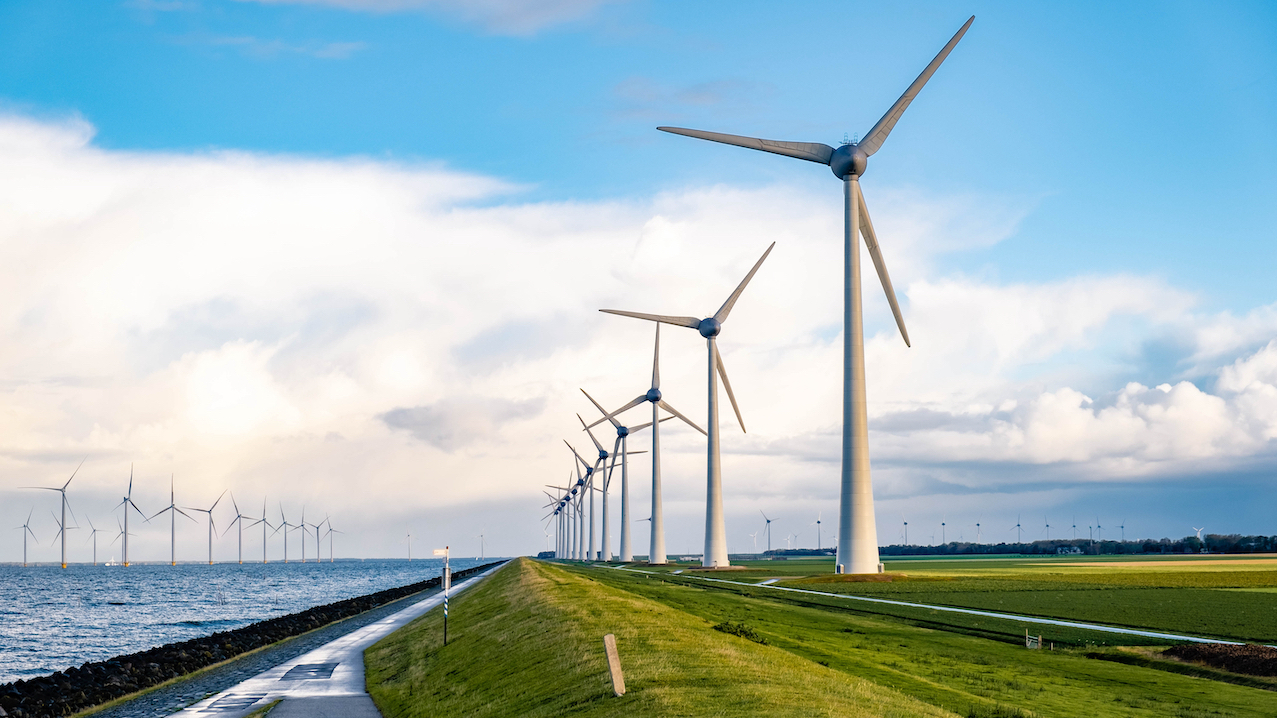Experts say carbon capture and storage deployments must begin soon
According to the Energy Transitions Commission (ETC), a coalition of energy industry leaders, if carbon capture, utilisation and storage (CCUS) technologies are to achieve the capacity expansions required to meet the 1.5°C climate scenario, deployments must begin in the early 2020s. The argument was made by the coalition in a report that analyses the role that CCUS will play in the transition. The report finds that, “by 2050, the world will likely need to capture and either use or store 7-10 Gt per year of CO2 – up from today’s 40 Mt per year. The current pace of development of CCUS is far short of what is required. Early deployment in the 2020s is essential to achieve sufficient capacity by 2050 and reduce overall costs. A combination of private investment and supporting public policy is required to ensure that CCUS can play its vital but limited role going forward”.



